Ocean Census Reveals Over 800 Newly Discovered Marine Species
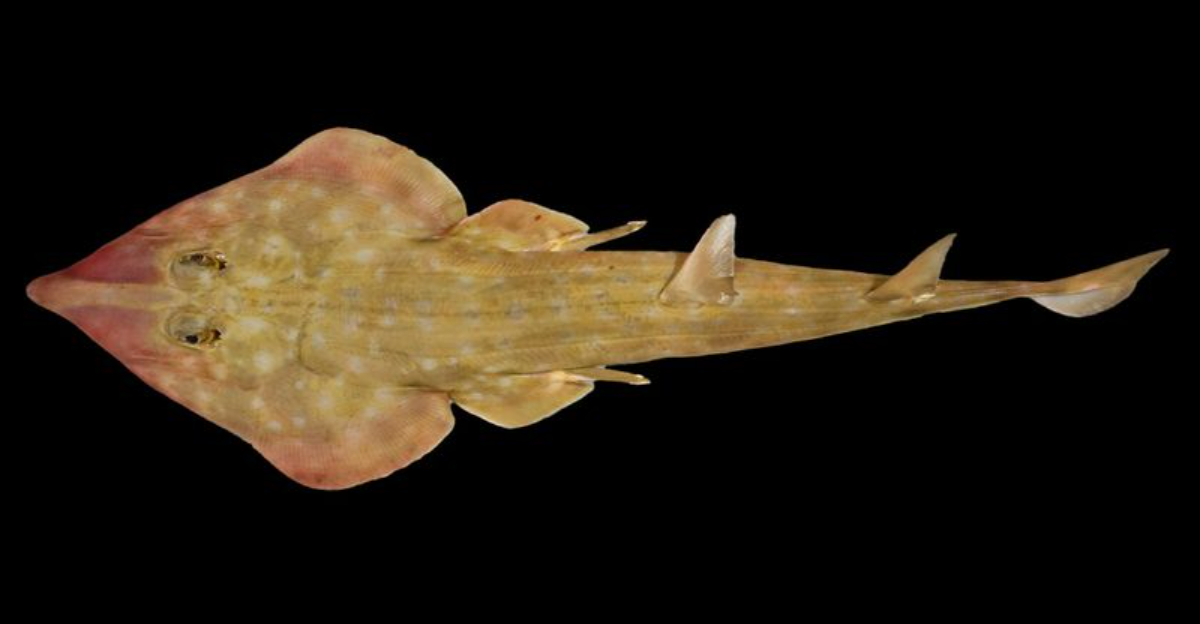
Scientists have recently completed a massive underwater survey, discovering more than 800 new marine species lurking in our oceans.
These creatures range from tiny microorganisms to bizarre deep-sea fish that look like they belong in science fiction movies.
The findings highlight how little we actually know about our ocean world, even though it covers more than 70% of Earth’s surface.
1. The Ocean Census Initiative: Mapping The Unknown
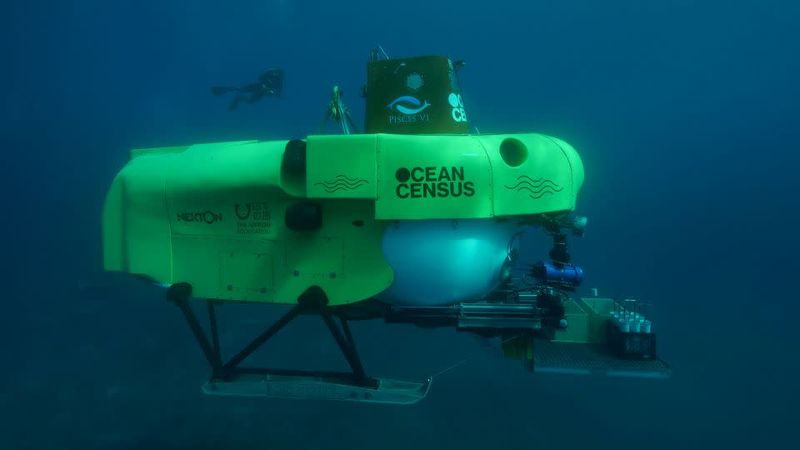
Launched in 2023, the Ocean Census Initiative unites marine biologists from 42 countries in the largest coordinated effort to document ocean life. Their mission? To catalog the estimated 2 million marine species still undiscovered beneath the waves.
Research vessels equipped with specialized gear explore previously inaccessible regions, from coral atolls to abyssal plains. Scientists collect samples, photograph creatures, and sequence DNA in floating laboratories.
The initiative has already identified 837 new species in just its first year – a rate that’s astonishing even veteran marine biologists. Many discoveries challenge existing knowledge about how life adapts to extreme environments.
2. New Technologies Driving Marine Discoveries
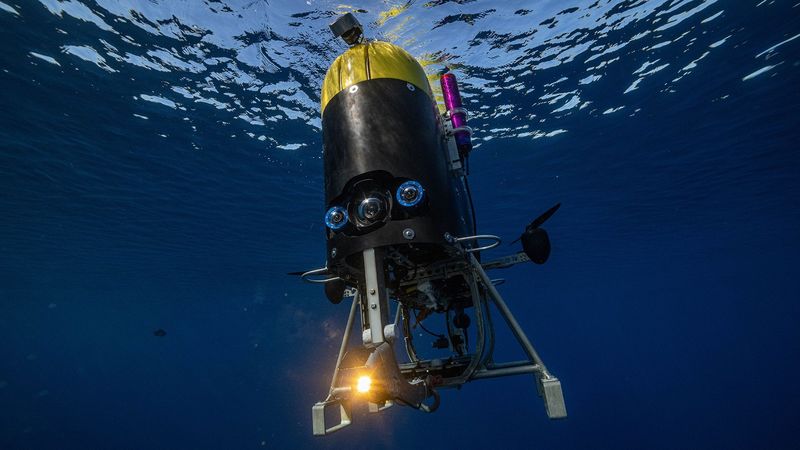
Revolutionary tools have transformed how scientists explore the deep. Autonomous underwater vehicles now dive deeper than any human, capturing 4K video of creatures never before filmed in their natural habitats.
Environmental DNA sampling lets researchers detect species just by collecting water samples containing microscopic bits of genetic material. This technique recently revealed 12 previously unknown shark species without ever seeing the animals themselves.
Specialized pressure chambers maintain deep-sea creatures at their native pressures, allowing scientists to study living specimens that would otherwise die when brought to the surface. Such innovations have accelerated discovery rates by approximately 300% compared to traditional methods.
3. Deep-Sea Life: Surviving In Extreme Environments
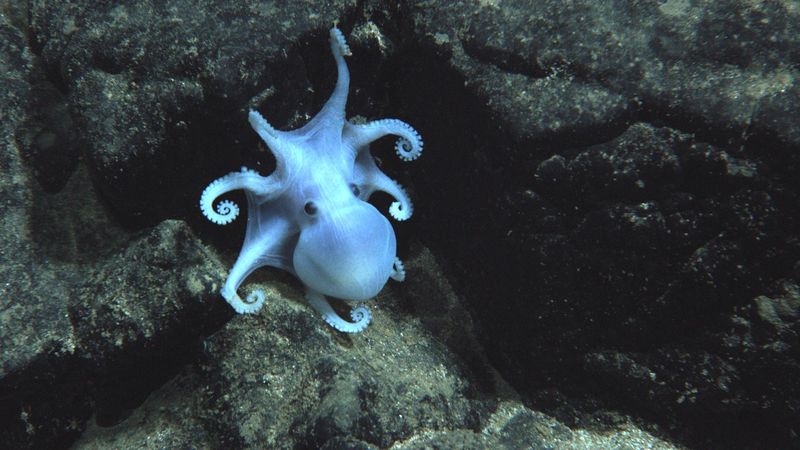
Meet the ‘ghost octopus’ – a pale, translucent cephalopod discovered 4,290 meters down that lacks pigment cells entirely. Researchers were stunned to find it lays eggs near scorching hydrothermal vents, using the heat to incubate its young.
The newly classified ‘glitter worm’ survives crushing pressures by incorporating silica particles into its skin, creating a natural armor. These creatures thrive in total darkness, withstanding pressures equivalent to 400 elephants standing on a car.
Most fascinating are the ‘immortal jellies’ that can revert to juvenile states when damaged or stressed. This adaptation lets them potentially live indefinitely in an environment where food is scarce but threats are few.
4. Microscopic Ocean Wonders

Among the tiniest new discoveries is the ‘diamond plankton’ – microorganisms with geometric shells that refract light like prisms. Under specialized microscopes, they transform ocean water samples into kaleidoscopes of color.
Scientists have identified 64 species of bioluminescent bacteria that create symbiotic relationships with larger creatures. One newly documented species lives inside transparent shrimp, making them glow like underwater fireflies to attract prey.
Perhaps most important are the newly classified ‘carbon-capturing diatoms’ that absorb carbon dioxide at rates 20 times higher than previously known varieties. These microscopic powerhouses could play crucial roles in moderating climate change effects, demonstrating how even the smallest ocean dwellers impact our entire planet.
5. Coral Reefs: Revealing Hidden Biodiversity
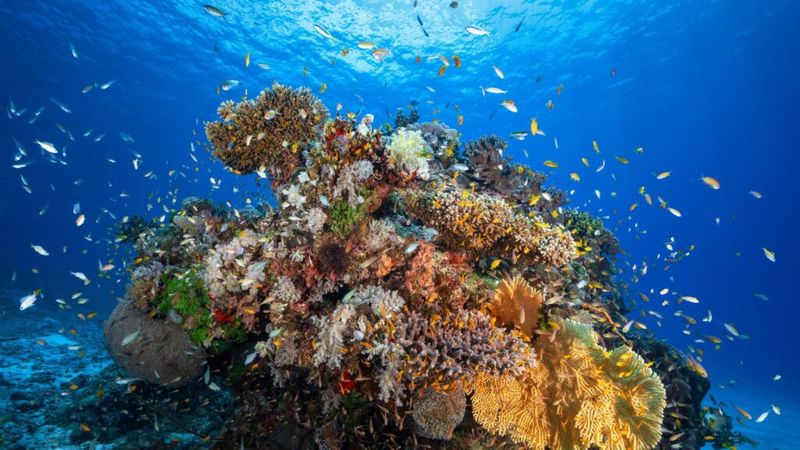
Researchers exploring the Coral Triangle – spanning Indonesia, Malaysia, and the Philippines – have uncovered a treasure trove of new species. The ‘chameleon coral’ changes color based on water temperature, serving as a natural warning system for warming oceans.
A previously undocumented ‘micro-reef’ ecosystem thrives inside abandoned giant clam shells. Each shell hosts up to 30 species, including specialized shrimp that farm algae like tiny underwater gardeners.
The discovery of heat-resistant coral varieties offers hope for reef survival amid warming seas. These corals produce unique protective compounds that scientists are now studying for potential medical applications, including treatments for inflammatory diseases. The findings demonstrate how coral reefs remain one of Earth’s richest yet most vulnerable biodiversity hotspots.
6. Life Around Hydrothermal Vents
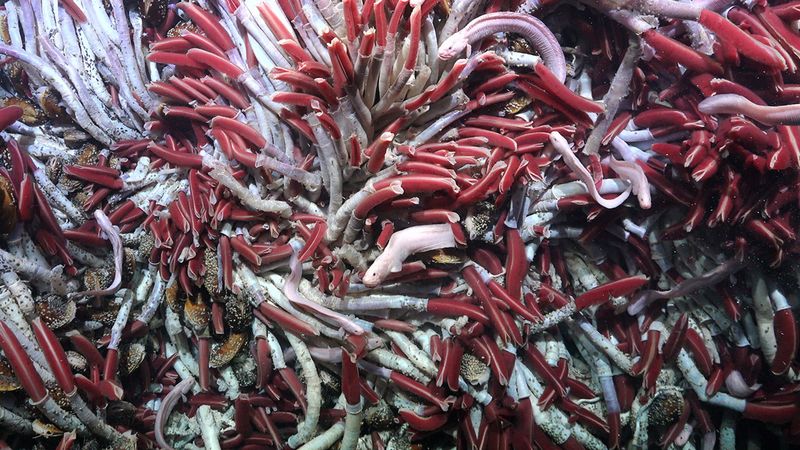
The ‘metal-eating worms’ rank among the strangest new discoveries near deep-sea vents. These creatures literally consume minerals from vent chimneys, using specialized bacteria in their guts to extract energy from metals most organisms would find toxic.
Nearby live ‘heat-dancing shrimp’ that survive in water hot enough to cook conventional sea life. They’ve evolved specialized proteins that remain stable at temperatures exceeding 80°C – properties pharmaceutical companies are eager to study.
Most spectacular is the ‘vent garden’ ecosystem discovered near the Mid-Atlantic Ridge. Here, newly classified tube worms grow over 6 feet tall, creating forest-like habitats that support dozens of other species in an environment completely independent from sunlight energy – relying instead on chemosynthesis.
7. Unique Marine Life Of Antarctica
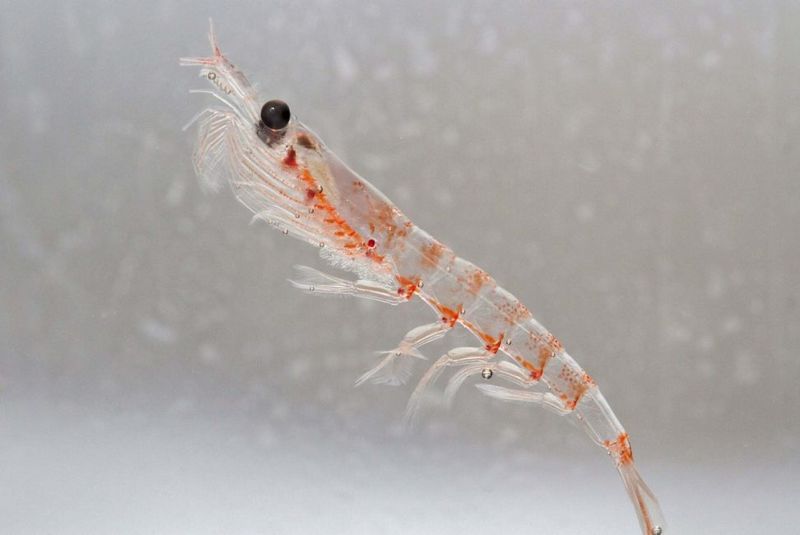
Antarctica’s isolated waters have yielded remarkable finds, including the ‘ice-blood fish’ with natural antifreeze proteins circulating in transparent blood. These fish lack hemoglobin entirely yet thrive in sub-zero temperatures that would freeze most marine creatures solid.
Beneath permanent ice shelves, researchers documented ‘dark krill’ that have evolved extra-large eyes to detect the faintest traces of light. Unlike their surface cousins, these specialized crustaceans can go months without feeding during the polar night.
The ‘snow cone jellyfish’ might be the most visually striking Antarctic discovery – a bell-shaped creature that incorporates ice crystals into its body structure, creating a sparkling, snowflake-like appearance. These adaptations showcase nature’s ingenuity in one of Earth’s most extreme environments.
8. How New Discoveries Impact Conservation

Each newly discovered species reshapes marine protection priorities. The finding of ‘living fossil’ fish – relatives of species thought extinct for millions of years – has prompted the creation of three new marine sanctuaries in previously unprotected areas.
Scientists have identified ‘ecosystem engineer’ species that create habitats for dozens of other creatures. One newly discovered sponge builds reef-like structures in deep water, highlighting areas worthy of protection that would have been overlooked.
The census has also revealed alarming vulnerability patterns. Nearly 40% of newly documented species already face threats from warming waters, pollution, or fishing practices. This knowledge creates urgency for conservation while demonstrating how much remains unknown about what we might lose before it’s even discovered.
9. Classifying Ocean Species In The Genomic Era
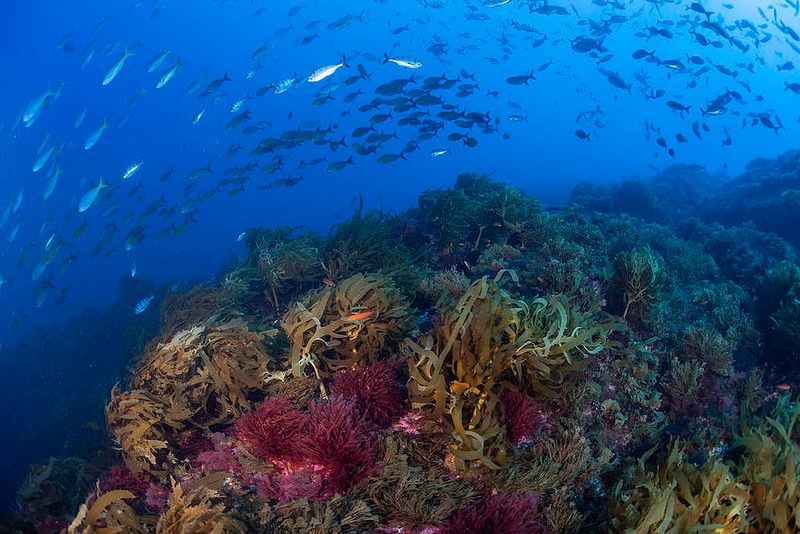
Modern taxonomy has undergone a revolution. Scientists now sequence the DNA of new discoveries right aboard research vessels, sometimes identifying new species within hours instead of the months or years traditional methods required.
The ‘cryptic species complex’ phenomenon has been particularly revealing. What appeared to be single species turn out to be multiple distinct species that look nearly identical but have significant genetic differences. One type of ‘common’ sea cucumber was recently revealed to be seven different species.
Environmental DNA sampling has detected creatures never physically observed by scientists. The mysterious ‘shadow shark’ was identified purely from DNA fragments in seawater before being visually confirmed months later – demonstrating how genomic techniques now sometimes precede traditional discovery methods.
10. Exploring The Ocean’s Hidden Frontiers

The mesophotic zone – the twilight realm between 100-500 feet deep – has yielded spectacular finds. Here, scientists discovered ‘neon network coral’ that creates vast, interconnected colonies glowing with natural bioluminescence.
Seamounts rising from the seafloor harbor unique ecosystems with high rates of endemic species. A recently explored Pacific seamount revealed 22 new fish species in a single expedition, including the ‘mirror-scale wrasse’ with scales that reflect light like tiny mirrors.
Even familiar coastlines hide secrets. A new species of giant kelp was found off California’s well-studied coast last year – growing in plain sight but genetically distinct from its common neighbor. These discoveries remind us that unexplored frontiers exist even in seemingly familiar waters.
11. The Ocean’s Untold Creatures
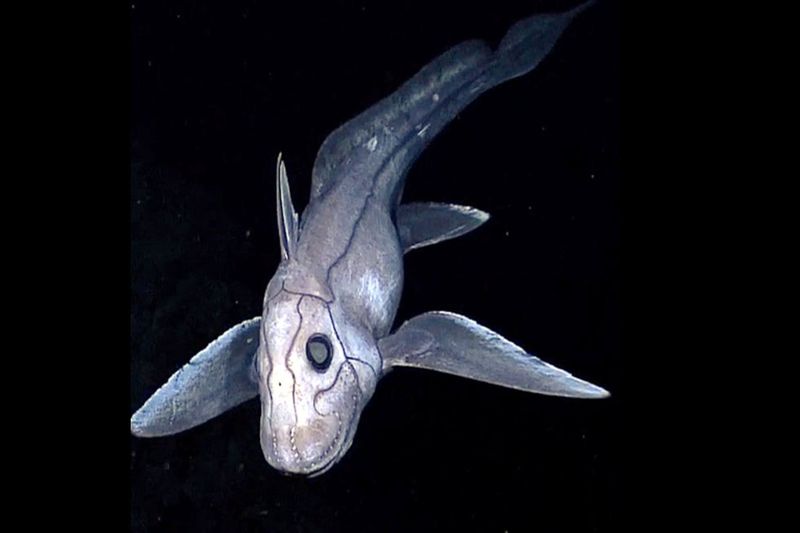
The ‘ghost shark’ represents one of the census’s most bizarre finds – a cartilaginous fish with retractable sexual organs on its head and skin that appears translucent under certain light conditions. Scientists believe it may have inspired ancient sailors’ mermaid tales.
Equally strange is the ‘ribbon eel dragon,’ which changes both color and gender throughout its lifetime. Beginning life as black males, they transform to blue as they mature, finally becoming yellow females in their final life phase.
The ‘floating forest creatures’ might be the most surprising discovery – gelatinous invertebrates that cultivate algae within their bodies, creating symbiotic mini-ecosystems. These living habitats drift with ocean currents, serving as oases for juvenile fish in otherwise barren open waters.
12. Surviving Extreme Ocean Conditions

The ‘pressure-proof fish’ discovered in the Mariana Trench has revolutionized our understanding of biological limits. Its cells contain unique stabilizing proteins that prevent collapse at depths where pressures exceed 1,000 atmospheres.
In the scorching waters of underwater volcanoes, ‘heat-shield bacteria’ form protective mats that allow other organisms to colonize otherwise uninhabitable zones. Their specialized enzymes remain functional at temperatures that would denature ordinary proteins.
Perhaps most remarkable are the ‘salt-pocket creatures’ thriving in hypersaline underwater pools – five times saltier than normal seawater. These tiny invertebrates manipulate salt ions to create internal water reserves, essentially carrying their own freshwater supply inside their bodies. Such adaptations showcase life’s remarkable resilience in our planet’s most challenging environments.






